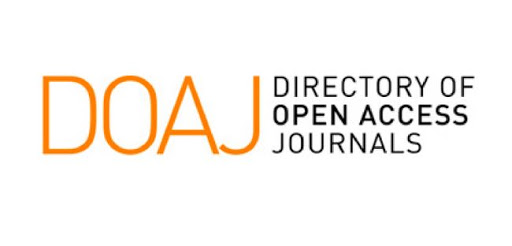Paper ID : SMJ2504235704572 | View : 48

Abstract : Background: Studies suggest Positive End Expiratory Pressure (PEEP) could affect clinical outcomes and pulmonary vascular resistance. Objective: To explore the influence of high PEEP versus low PEEP on pulmonary function and clinical outcomes in critically ill COVID-19 patients. Methods: This single-centred retrospective observational study included 107 patients admitted to a tertiary care centre in Saudi Arabia. Demographic data included age, gender, comorbidities, oxygen saturation, length of intensive care unit (ICU) stay, mechanical ventilation requirement, supplemental oxygen requirement, PEEP, peak pressure, driving pressure, and tidal volume (TV). PEEP ≥10cm H2O was considered high and <10cm H2O was considered low. Results: High PEEP was associated with higher mortality than low PEEP (82% versus 50%, p<0.05). The regression model also showed that high PEEP increases the risk of mortality (B= 0.51, R2=57%, p<0.04). PEEP was higher in patients with severe consolidation/progressive lung lesions (r=0.48). Lower PEEP related to improved outcomes (r=-0.21). Hypercapnia (r=-0.28) or higher respiratory rate (r=-0.61) and FiO2 (r- -0.24), were associated with poorer outcomes. The intercept was highly significant (p<0.05), indicating there could be other independent variables influencing discharge outcomes. Conclusion: Higher PEEP was associated with higher mortality. Driving pressure, peak pressure, and TV should be considered alongside PEEP to evaluate mortality risk in COVID-










